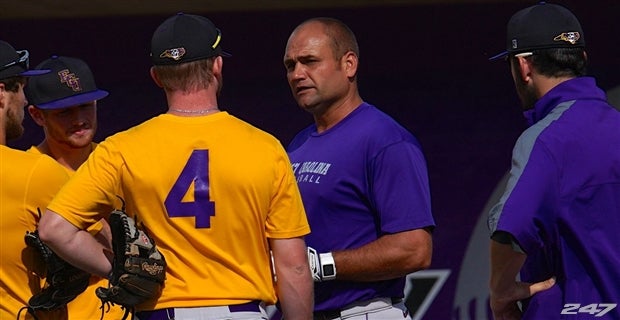(Photo credit: fancloud.com)
Mechanics are not the most important part of hitting, but they are important. There are so many successful hitters who have mechanical
deficiencies or weaknesses. The best hitters at the highest levels often have
something that could be more “ideal.” Great hitters have first-class
approaches, work ethics, strength, bat speed and toughness. However, hitters who are
still unseasoned in these skills should pay close attention to their mechanics as
part of the development process.
There are infinite potential mechanical issues to think
about. Some hitters are frozen in fear thinking too much about their
mechanics. Let's keep it simple.
Here are my two mechanical absolutes for a young hitter to focus on
improving:
1.)
Stance and Stride
A hitter’s stance can begin in
many places. Where you start is not nearly as important as where you end up or how you get there. A hitter needs to land, post-stride, in a position of
strength. The term ‘balance’ is often misused. A flag pole is balanced, but it
isn't very strong. A position of strength must have a low center of gravity.
Think of a mid-squat technique or the position you would be in to guard LeBron
James. We want to activate our quads without being so wide that we have lost athleticism.
If we land in a position that is too upright, the swing will be propelled predominantly
by the upper body, resulting in less than his max bat speed. A hitter’s height
and leg length determines his proper squat depth, defensive position and
hitting stride length.
Hitters who over-stride beyond their
optimum stride length become momentum-driven front-foot hitters with timing issues and
are susceptible to velocity inside, located off speed and elevated
fastballs. Hitters who “stay back” and do not
stride at all, or under stride, don’t drive the baseball. They lack bat speed. Hitters should desire a combination of the
two: an aggressive movement for timing with a low center of gravity.
The coaching key is paying attention to a
hitter's finish. If a hitter’s head rises immediately after a swing, their
stride is likely too long for their height. If their swing sees their back foot quickly flattening out post-swing to balance (to keep them from falling over), the stride is too narrow and the body's energy is traveling up, instead of forward.
(Photo credit: examiner.com)
Separation, defined as the
distance between a hitter’s load and stride, is a major key to bat speed. Many mechanical deficiencies can be overcome
with great separation.
Hitters who have serious grip
wrapping, where the hands/knuckles are over rotated, can lengthen the
time their swing is in the zone by creating separation. Hitters who have a
vertical bat after loading (meaning the bat is pointed straight up) are low
ball hitters and cannot stay on or through the baseball. Separation should
occur without allowing a large gap between the hands and the chest. The further
from the chest or back shoulder the hands end at the load position, the more
exposure a hitter will have to being beat inside. To compensate for this gap,
hitters usually take a very linear/handsy swing path. These hitters are not as
challenging to get out.
Separation allows the necessary
space needed to create bat speed. No hitter can create maximum bat speed over a
shorter distance. Creating a greater distance between the stride and load
maximizes bat speed, allowing hitters to wait longer to commit, have a flatter
swing path (rather than steep) and maximize contact and extension
opportunities.




